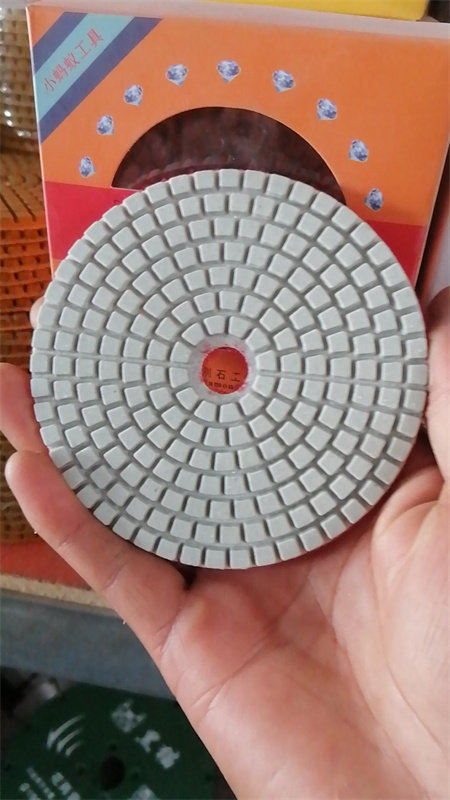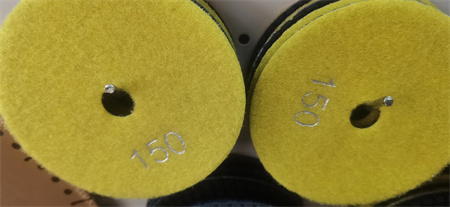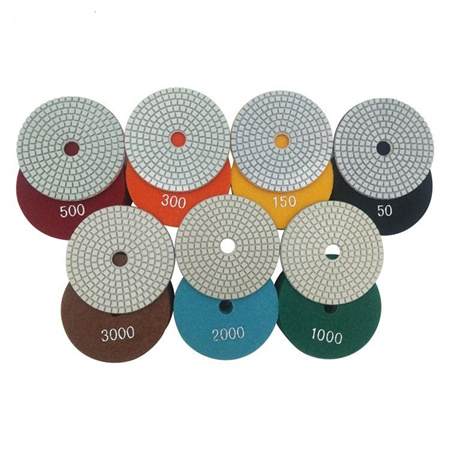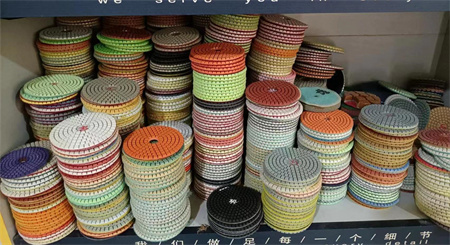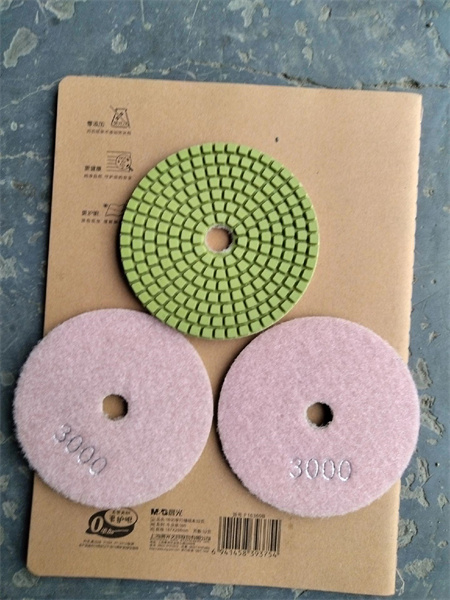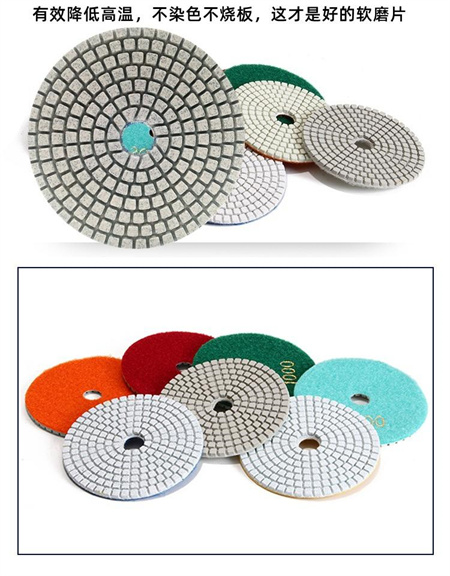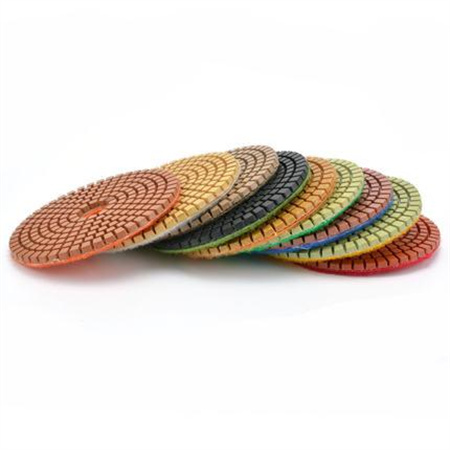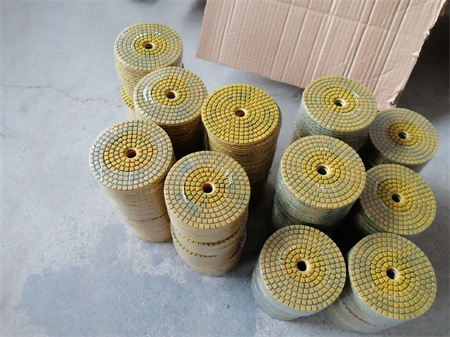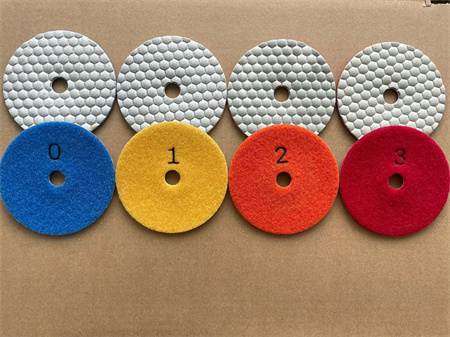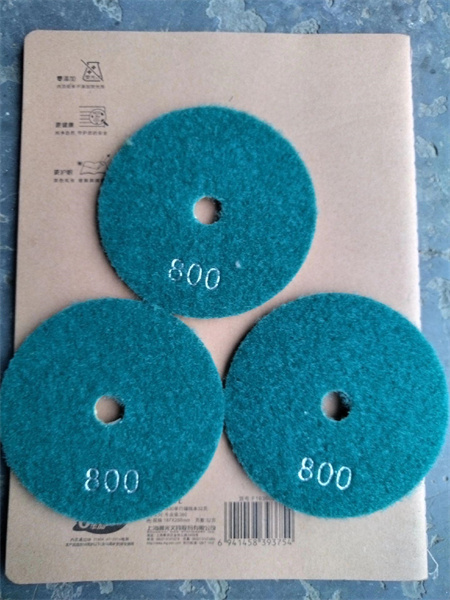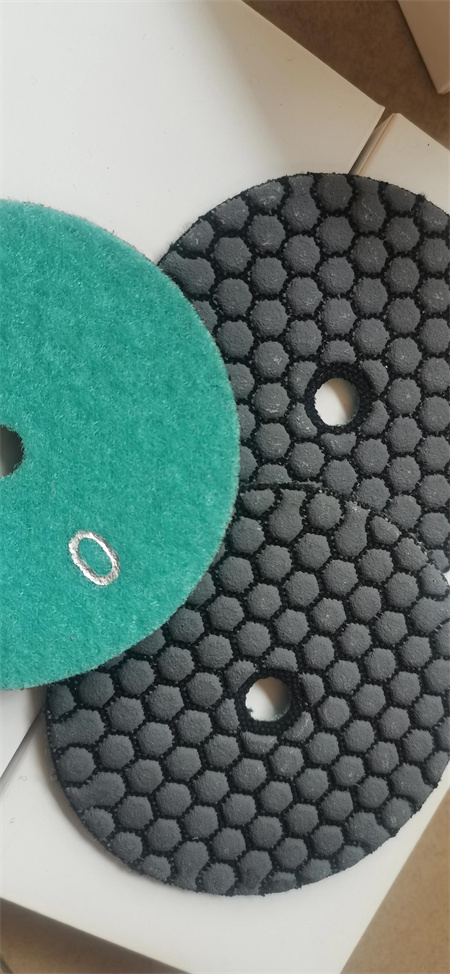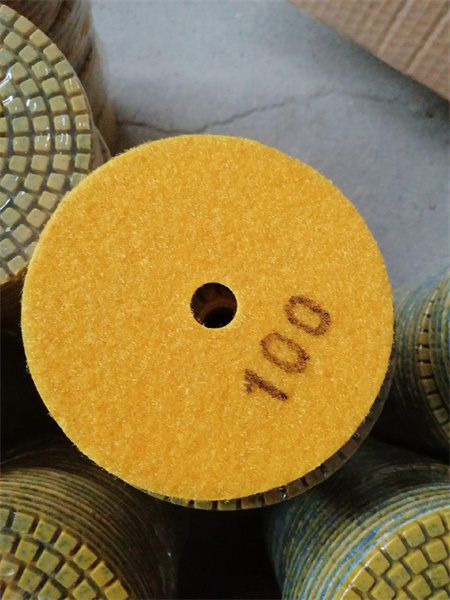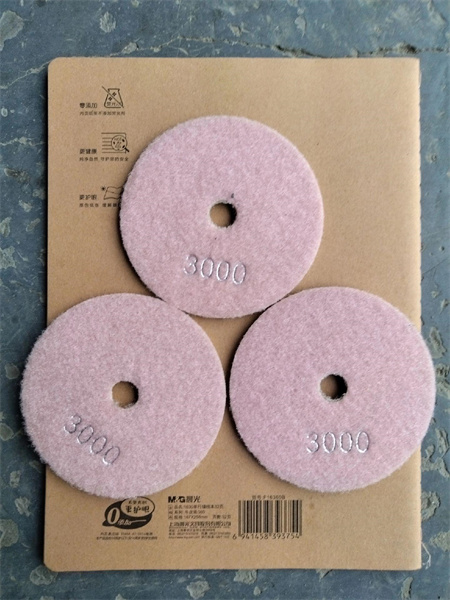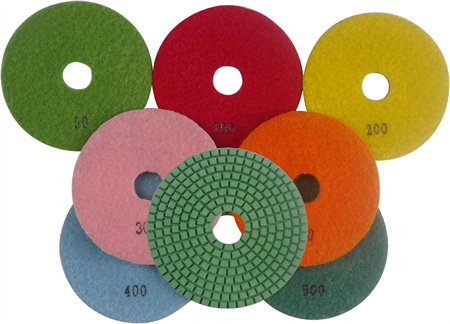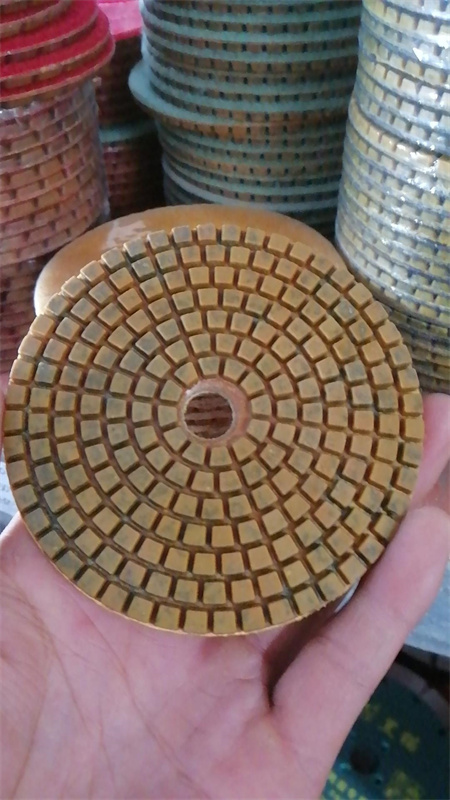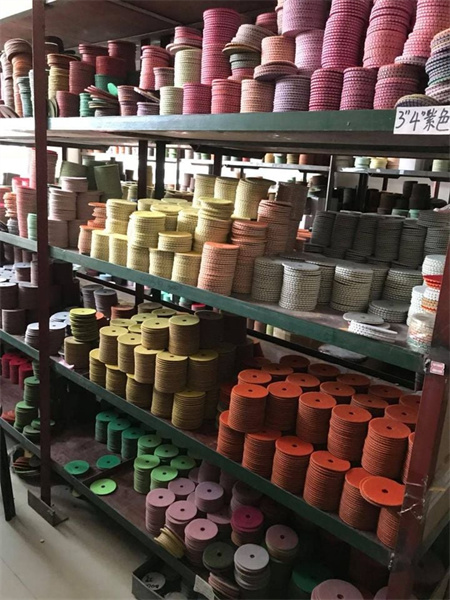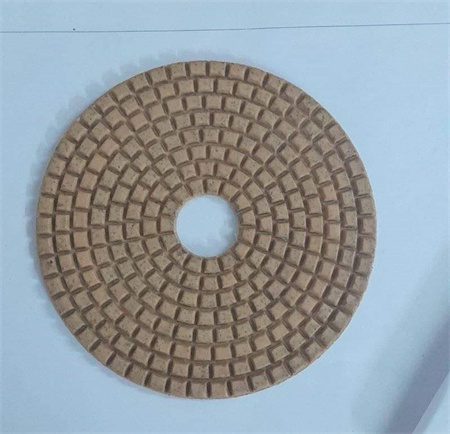China Marble Polishing Pads Supplier Factory Direct
When it comes to maintaining the gleaming shine of marble surfaces, choosing the right polishing pads is essential. For businesses and individuals alike, high-quality marble polishing pads can make all the difference in achieving that perfect, smooth finish. If you’re searching for premium marble polishing pads, look no further than China-based suppliers offering direct factory pricing.
China has become a global hub for manufacturing high-quality marble polishing pads, with a rich history of producing durable and effective tools for stone care. These suppliers have honed their craft over years of experience and are well-equipped to meet the needs of the most demanding customers. With factory-direct pricing, you can expect cost-effective solutions without compromising on quality.
What sets China marble polishing pads apart is their precision and advanced technology. Whether you’re polishing large commercial spaces or small residential areas, the pads are designed to handle a wide variety of marble surfaces. These pads are available in different grits to ensure versatility, allowing you to tackle everything from initial grinding to fine polishing. The high-quality abrasives ensure smooth, consistent results with minimal effort, making the polishing process quicker and more efficient.
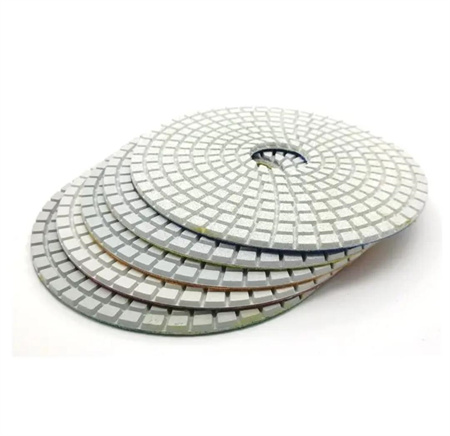
Sourcing your marble polishing pads directly from the factory also means access to a wide range of options tailored to your specific needs. From various grit sizes to different pad materials, there’s something for everyone. Plus, many suppliers offer customizations to fit unique customer requirements, making it easier to find the perfect product for your project.
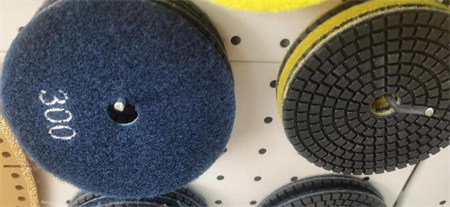
One of the most attractive aspects of buying factory direct is the cost savings. Without the middleman, you’re getting a direct connection to the manufacturer, ensuring you get the best price for your purchase. Whether you’re outfitting a professional team or simply performing home maintenance, this direct purchasing option gives you a chance to save big on high-quality products.
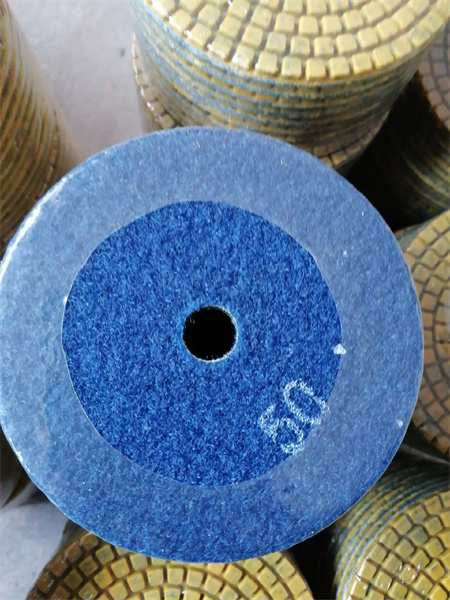
In addition to the affordable prices, Chinese suppliers of marble polishing pads also prioritize customer satisfaction. Many offer reliable after-sales support, ensuring you get the most out of your investment. Whether you need advice on product selection or assistance with usage, these suppliers are dedicated to providing the best customer service experience.
Choosing a China marble polishing pads supplier means access to top-tier products at factory-direct prices. These pads not only help you keep marble surfaces pristine but also provide a cost-effective solution for your polishing needs. With a commitment to quality and customer satisfaction, these suppliers are your go-to source for all things marble care.
